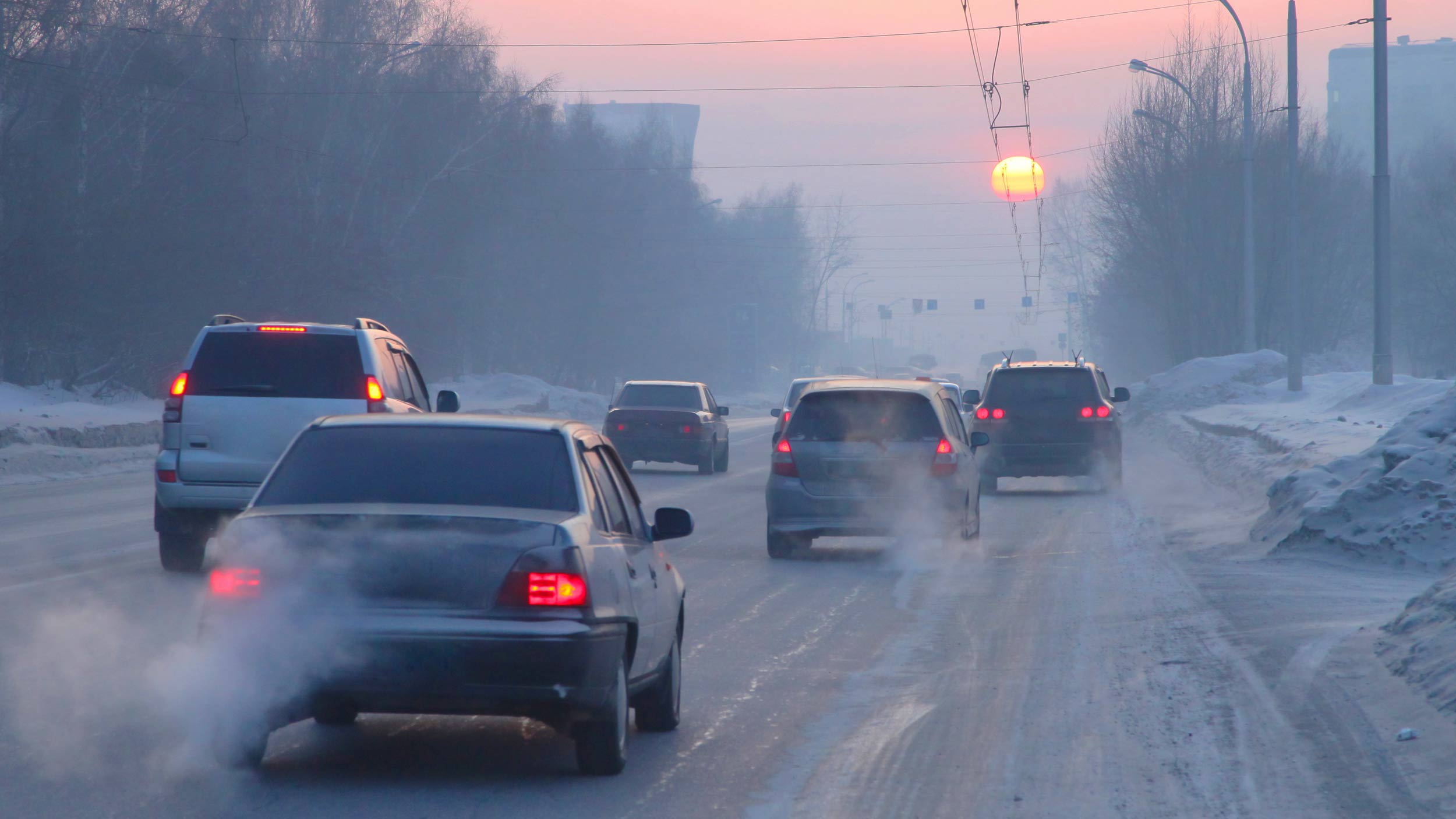Exhaust gas is one of the threats affecting human health and the environment. Air pollution caused by fumes from car exhaust can directly affect the air we breathe and cause long-term and negative physiological effects. So is it possible to prevent all these exhaust emissions? Let’s take a look at detailed information about the effects of exhaust gases and air pollution on the ecosystem, the composition of exhaust gases and what can be done to reduce the impact of vehicles on the environment.
What are Exhaust Emissions?
Exhaust emissions, which are a mixture of different gases and particles emitted into the air when a vehicle engine is running, significantly degrade existing air quality, especially in large cities filled with different types of vehicles. The combinations of exhaust fumes and other particulates released into the atmosphere are also among the triggers of global warming. Emissions can include harmless chemicals such as oxygen, nitrogen and water, as well as more dangerous pollutants. CO2 is one of the most important of these pollutants, but there are others that are less well known.
What are Vehicle Exhausts and Pollutants?
Vehicles emit a powerful stream of exhaust emissions, many of which have harmful effects. But how well do we know the components of these exhaust emissions? Pollutants from vehicles include the following substances:
- Carbon dioxide (CO2): CO2, also known as greenhouse gas, is perhaps the most frequently cited component of climate change. Although it is non-toxic, it can cause acidification in the oceans.
- Carbon monoxide (CO): This invisible gas is produced by incomplete combustion of fuel and is toxic to humans. Most newer engines produce small amounts of carbon monoxide thanks to efficient combustion systems, but older engines can emit high levels.
- Nitrogen oxide (NOx): Nitrogen oxide produced in any combustion process is known for its reactive nature. However, it can cause smog when it comes into contact with other chemicals in the air.
- Sulfur dioxide (SO2): Sulfur dioxide, a colorless nitrogen that smells like burnt matches, is naturally occurring in the petroleum used to refine gasoline and diesel. When burned, it forms acids that cause engine corrosion and smoke.
- Hydrocarbons (HC): HC, which are produced as unburned fuel due to reduced combustion quality, can be transmitted from the fuel tank you fill up at the gas station.
- Benzene (C6H6): Found naturally and in small amounts in gasoline and diesel, benzene is released from vehicle exhausts as unburned fuel. In addition to being a carcinogenic substance, it can cause serious harm to human health when inhaled at high levels.
- Particulates Diesel engines emit black soot and metal particles suspended in the air, known as particulate matter. In new generation vehicles, diesel particulate filters (DPF) can be preferred to prevent these harmful particles from being pumped into the atmosphere.
Effects of Exhaust Gases on Human Health
Pollutants from cars can cause health problems ranging from allergies and skin irritation to heart disease and respiratory problems such as asthma. According to the World Health Organization, repeated exposure to diesel exhaust fumes over long periods of time also increases the risk of lung cancer.
A blockage in your exhaust is known to put you at risk of carbon monoxide poisoning. Inhaling large amounts of CO can cause headaches, respiratory problems and even death. This puts children and people with heart disease in a high-risk profile.
Exposure to exhaust fumes varies widely, but people living in densely populated urban areas are the most likely to suffer from pollution-related health problems. So what can be done to change this situation? With small changes, both collectively and individually, it is possible to live in a cleaner and higher quality ecosystem.
How to Reduce the Impact of Vehicles on Air Pollution?
There are smart solutions to reduce pollution from motor vehicles. These solutions range from everyday choices to the model of vehicle you drive. Reducing the amount of distance you drive is a good way to reduce air pollution from motor vehicles. Walking, cycling or using electric transportation for short distances and preferring options such as cars and buses for longer distances offer an effective solution to reduce air pollution.
In order to burn less fuel, hybrid models or fully electric vehicles are becoming an alternative. Fuel-efficient vehicles offer efficient use, significantly reducing air pollution and, as a bonus, saving you money! The way you drive can affect how much pollution comes from your vehicle. Even obeying the posted speed limits is an important formula for reducing air pollution and traveling safely.
Electric Vehicles: The Future of Clean Transportation
With more cars, trucks and buses on the road every year, the amount of harmful pollutants released into the air is increasing, making the need for clean and sustainable transportation alternatives increasingly urgent. One promising solution to promote sustainable mobility that can significantly reduce emissions is electric transportation vehicles, which use electricity as their primary power source. And this electricity is generated from renewable sources such as solar or wind power! Besides being environmentally friendly, electric vehicles offer other benefits such as lower operating costs and reduced noise pollution. You can also switch to a clean energy source with BinBin and start trying a more sustainable and environmentally friendly way to get to any distance quickly with the wide location possibilities of electric scooters.






